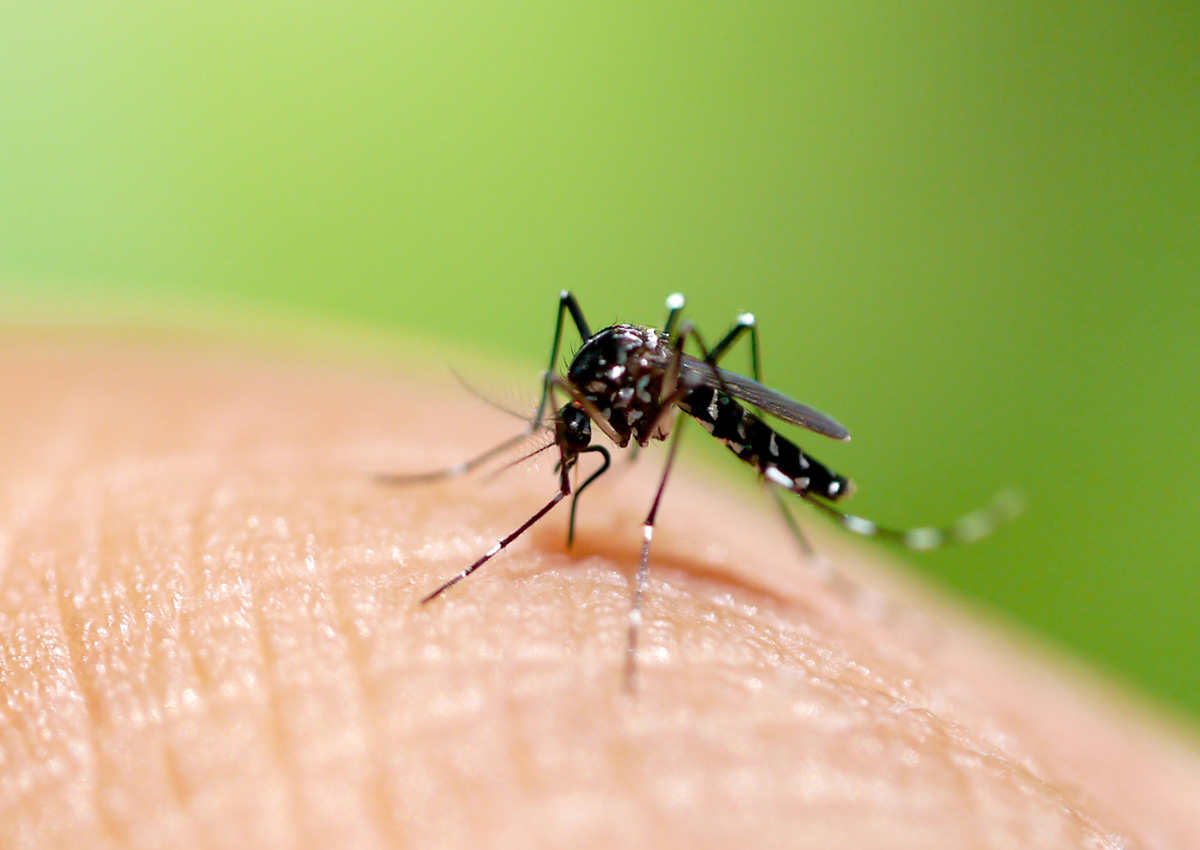
CSIRO Research on Spatial Modeling for Population Replacement of Mosquito Vectors
April 27, 2022| |
Contemporary malaria control interventions including insecticide-treated bed nets, indoor residual spraying, and artemisinin-based combination therapy have reduced malaria cases in Africa. However, in 2019, malaria still claimed an estimated 389,000 African lives, mainly children under 5 years of age, according to the World Health Organization.
In an attempt to limit its burden and further reduce cases, researchers are developing new genetic and conventional vector control strategies that require detailed safety assessment to ensure responsible and successful deployments. Dominant malaria vectors in sub-Saharan Africa include Anopheles gambiae sensu stricto (s.s.) and A. coluzzii, two closely related subspecies within the species complex A. gambiae sensu lato (s.l.).
A study conducted at the Commonwealth Scientific and Industrial Research Organisation (CSIRO) looked at the spread and persistence of population-modifying gene drive systems in these subspecies across sub-Saharan Africa through simulated introductions of genetically modified (GM) mosquitoes. The study, the first continental-scale model of population dynamics, found that gene drives can spread from even distant offshore islands to the African mainland because of wind-driven migration, with resistance taking over within a decade. The model accounts for regional to continental scale mechanisms and shows a range of realistic dynamics, including the effect of prevailing wind on the spread and spatio-temporally varying carrying capacities for subspecies.
The study also concludes that vector control is a key component in developing strategies to fight mosquito-borne and vector-borne diseases.
For more details, download and read the paper in bioRxiv.
| |
You might also like:
- Experts Call for the Inclusion of Local Communities in the Implementation of Gene Drive Technology
- Experts: Gene Drives Offer Sustainable Management fo Vector-Borne Diseases
- AU Launches Report on Emerging Technologies Expected to Spur Africa Development
Biotech Updates is a weekly newsletter of ISAAA, a not-for-profit organization. It is distributed for free to over 22,000 subscribers worldwide to inform them about the key developments in biosciences, especially in biotechnology. Your support will help us in our mission to feed the world with knowledge. You can help by donating as little as $10.
-
See more articles:
-
Gene Drive Supplement (April 27, 2022)
- WHO Presents Latest Innovations in Controlling Malaria
- Gene Drive Model Increases Knowledge Against Destructive Bee Parasite
- Development of CRISPR-Cas9-based Gene Drive in Budding Yeast
- CSIRO Research on Spatial Modeling for Population Replacement of Mosquito Vectors
- CBD Acknowledges Science and Innovation Valuable for Conservation
- Experts Explain Difference Between CRISPR and Gene Drive
-
Read the latest: - Biotech Updates (December 17, 2025)
- Gene Editing Supplement (December 17, 2025)
- Gene Drive Supplement (February 22, 2023)
-
Subscribe to BU: - Share
- Tweet

